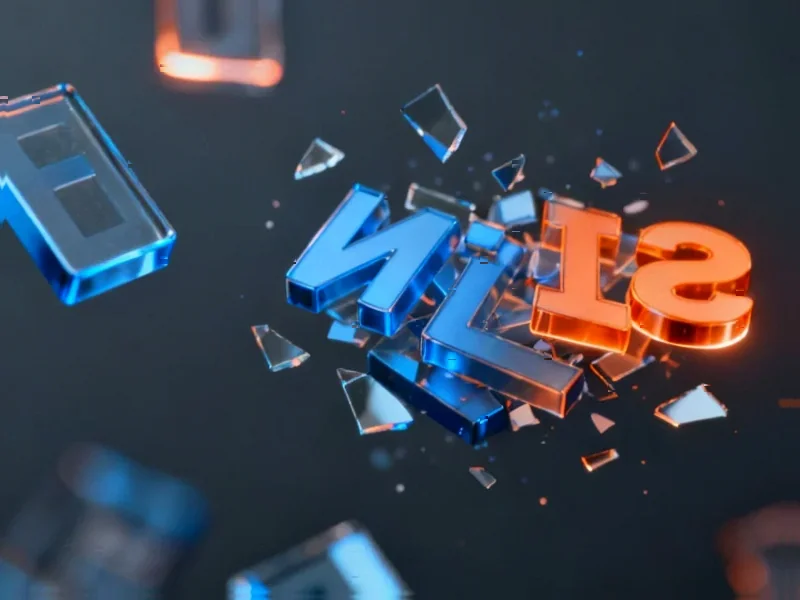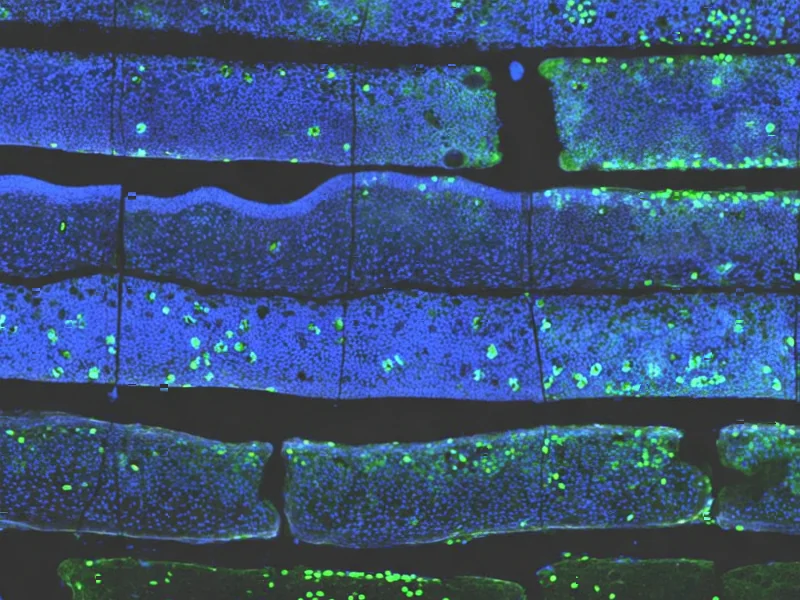According to Dark Reading, organizations face significant security challenges as AI-generated code becomes more prevalent, with vulnerabilities increasing as large language model iterations grow. Since OpenAI’s ChatGPT launched in November 2022, developers have rapidly adopted AI coding tools, but these models often introduce security flaws by training on flawed code from public repositories. The analysis identifies five critical checkpoints for secure AI collaboration: security-proficient code review, secure rulesets, iteration reviews, AI governance automation, and complexity monitoring. The central challenge is that most developers lack sufficient security training, creating a dangerous gap where AI-generated vulnerabilities can slip through. This underscores the urgent need for human oversight in the AI development pipeline.
The Coming Developer Skills Crisis
The fundamental issue that Dark Reading identifies—developer security proficiency gaps—represents a systemic problem that will define enterprise security for the next decade. Traditional developer education has prioritized functionality and speed over security, creating generations of programmers who view security as someone else’s problem. As AI accelerates development cycles from weeks to hours, this skills gap becomes catastrophic. Organizations that fail to implement continuous adaptive learning programs will find themselves deploying vulnerable code at unprecedented scales. The future belongs to companies that treat developer security training not as optional compliance but as core competitive advantage.
The AI Governance Imperative
What Dark Reading correctly identifies as “AI governance best practices” will evolve into a specialized discipline within cybersecurity. We’re moving toward a future where every AI-generated code commit requires automated policy enforcement and security validation before reaching production. The CISA Secure-by-Design initiative provides the framework, but implementation will require sophisticated tooling that doesn’t yet exist at scale. Within 18-24 months, I predict we’ll see specialized AI governance platforms that automatically validate code against organizational security policies, regulatory requirements, and industry-specific compliance frameworks—creating what amounts to a “security airlock” for AI-generated content.
The Hidden Complexity Trap
The most insightful observation in Dark Reading’s analysis concerns code complexity monitoring. As AI systems generate increasingly sophisticated code, human reviewers face cognitive overload trying to understand intricate AI-created architectures. This creates a dangerous feedback loop: AI generates complex code that humans struggle to review, leading to superficial oversight that misses subtle vulnerabilities. The solution lies in developing new review tools specifically designed for AI-generated code—visualization systems that map complexity hotspots and automated analysis that flags patterns humans might miss. The future of code review isn’t just more human eyes; it’s smarter tools that augment human understanding of AI’s creations.
The Future of Security Benchmarking
Dark Reading’s suggestion about benchmarking both human and AI security proficiency points toward a fundamental shift in how we measure development quality. Traditional metrics like lines of code or feature completion will become secondary to security accuracy scores. Forward-thinking organizations will implement what I call “security maturity scoring”—continuous assessment of both developer security skills and AI tool reliability. This data-driven approach, potentially integrated with platforms like GitHub’s security features, will allow security leaders to make evidence-based decisions about which AI tools to trust and which developers need additional training.
The Regulatory Horizon
As AI-generated code vulnerabilities lead to real-world breaches, regulatory response is inevitable. The current voluntary framework outlined in CISA’s guidance will likely become mandatory within 2-3 years, particularly for critical infrastructure and financial services. Organizations that proactively implement the five checkpoints Dark Reading describes will be positioned to comply with future regulations seamlessly. Those waiting for mandates will face costly catch-up exercises. The time to build these human-AI collaboration frameworks is now, before regulatory pressure forces rushed implementations that sacrifice both security and productivity.
The Path to True Human-AI Symbiosis
The ultimate solution isn’t choosing between human or AI coding—it’s creating systems where each compensates for the other’s weaknesses. Humans excel at contextual understanding, strategic thinking, and recognizing novel threats. AI excels at pattern recognition, rapid iteration, and handling complexity. The organizations that thrive will be those that design development workflows that leverage both strengths simultaneously. This means creating security checkpoints where human intuition validates AI output, and AI tools flag potential issues for human review. The future of secure software development isn’t human versus AI—it’s human with AI, working in carefully orchestrated partnership.




